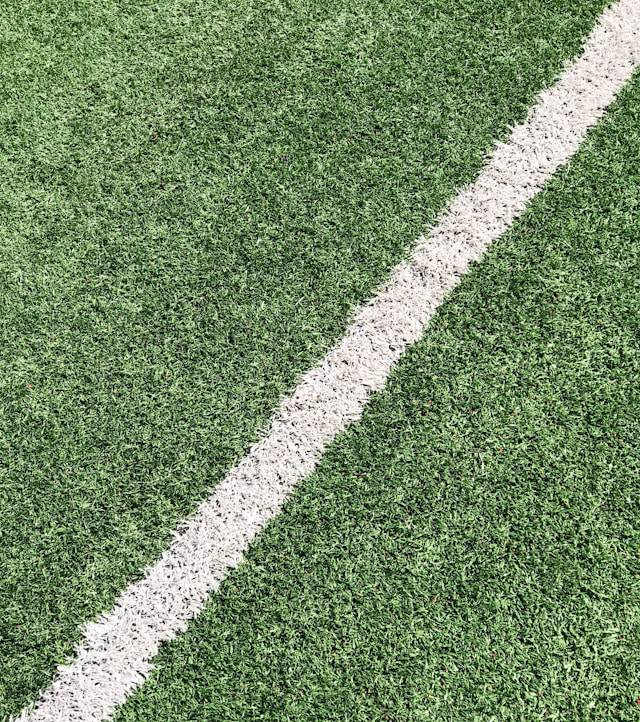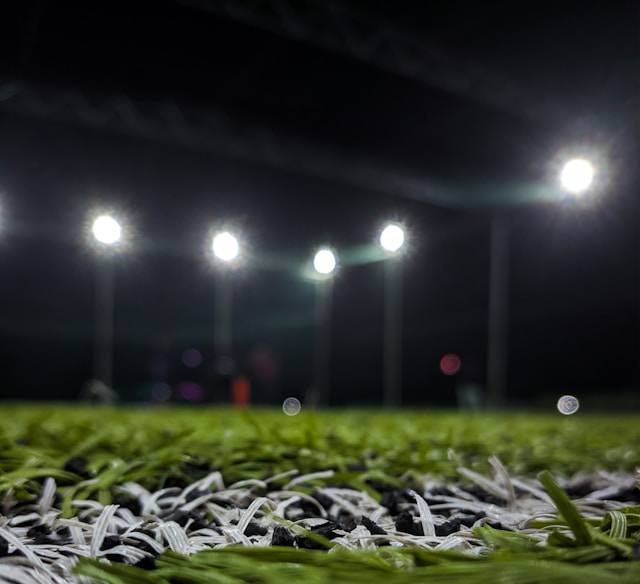The Advantages of Installing Artificial Turf in Arizona
Arizona's intense sun and dry climate make natural grass maintenance challenging, but installing artificial turf provides an eco-friendly, visually appealing, and low-maintenance alternative. From saving water to reducing lawn upkeep, artificial turf offers numerous benefits that cater to Arizona's unique environment. Here, we’ll explore why artificial turf is a great option for Arizona residents and answer common questions to help you make an informed choice.
Why Choose Artificial Turf in Arizona?
Arizona's arid desert environment poses many challenges to maintaining a lush, green lawn. Traditional grass requires constant watering, fertilizing, and maintenance to stay healthy under intense sun exposure and limited rainfall. Artificial turf, on the other hand, provides a durable and resilient solution that stays green year-round without the upkeep hassles.

Benefits of Artificial Turf for Arizona Homes and Businesses
- 1. Water Conservation Arizona experiences extended dry spells, making water conservation a priority for residents and the state. Artificial turf doesn’t need irrigation, which can significantly reduce your water usage. According to the Arizona Department of Water Resources, outdoor watering can account for up to 60% of household water use. Switching to artificial grass can save thousands of gallons of water annually, lowering water bills and contributing to Arizona's water conservation efforts.
- 2. Low Maintenance Maintaining a natural lawn in Arizona’s climate requires substantial time and effort. With artificial turf, you eliminate the need for mowing, fertilizing, weeding, and pest control. Occasionally, a quick rinse with water will remove dust and debris. This low-maintenance alternative lets homeowners enjoy a beautiful lawn without investing hours in yard work or hiring landscaping services.
- 3. Durability and Longevity Artificial turf is designed to withstand Arizona's extreme heat and intense UV exposure. Most high-quality synthetic turfs are UV-stabilized, meaning they resist fading and remain vibrant despite prolonged sun exposure. With proper care, artificial turf can last 15-20 years, making it a durable investment for any home or business.
- 4. Eco-Friendly and Chemical-Free Because artificial turf doesn't require fertilizers, pesticides, or herbicides, it provides an environmentally friendly alternative to natural grass. Chemicals used to maintain traditional lawns can seep into the soil and waterways, posing risks to local wildlife. Artificial turf reduces your environmental footprint by minimizing chemical usage, promoting a healthier ecosystem.
- 5. Enhanced Curb Appeal and Property ValueA well-maintained artificial lawn can add significant aesthetic appeal to your property, enhancing its curb appeal and potentially increasing its market value. Synthetic grass remains lush and green year-round, providing an attractive, clean look that can impress potential buyers. It’s especially appealing in areas where natural greenery is scarce due to water restrictions and extreme climate conditions.
- 6. Great for Pets and Children Artificial turf is a pet- and kid-friendly solution for families. Many turf options are designed with soft, cushioned surfaces that provide a safe play area for children. Additionally, artificial turf can be customized with antimicrobial materials, helping reduce bacteria buildup. It's also easy to clean up after pets, and synthetic grass won’t develop patches from digging or urine damage.
Key Considerations for Installing Artificial Turf in Arizona
While artificial turf offers multiple advantages, here are a few points to consider before installation.
- 1. Initial Installation Cost Artificial turf can be more expensive upfront than natural grass. However, the reduction in water bills, landscaping costs, and maintenance make it cost-effective over time. Researching different turf options and consulting a professional installer can help you choose the right type within your budget.
- 2. Heat Retention Artificial turf can retain heat during Arizona's hottest months. Some homeowners may experience slightly warmer outdoor temperatures, especially in areas with direct sunlight. To mitigate this, consider adding shaded areas or selecting turf options designed with cooling technologies that reduce heat absorption.
- 3. Proper Drainage System A high-quality drainage system is essential to ensure water flows efficiently through the turf. Proper drainage prevents pooling and keeps the turf looking its best, even during Arizona's monsoon season. Installing a good drainage layer under the turf is key for long-lasting performance and usability.


Artificial Turf Installation Process
Installing artificial turf involves several steps to ensure a seamless and durable finish. Here’s an overview of the installation process:
- 1. Ground Preparation Solar energy is a clean, renewable source of power that reduces your carbon footprint and reliance on fossil fuels. By installing solar panels, you are helping to decrease greenhouse gas emissions and combat climate change.
- 2. Base Layer Installation Crushed rock or decomposed granite is layered and compacted to create a stable, well-draining base.
- 3. Turf Laying and Trimming Artificial turf rolls are placed on top of the base layer and trimmed to fit the desired space precisely.
- 4. Infill Application Silica sand or rubber granules are spread on the turf to weigh it down and help the blades stand upright.
- 5. Final Brushing A final brush through the turf blades ensures they remain upright and look natural, completing the installation.
